Last updated: September 13, 2024
Article
The Challenge of Disastrous Events Isn’t Only Operational
National Park Service employees prepare to protect people, assets, and infrastructure from disasters. But what about when it comes to their own well-being?
By Julianne Reas, Wylie Carr, and Kaylin Thomas
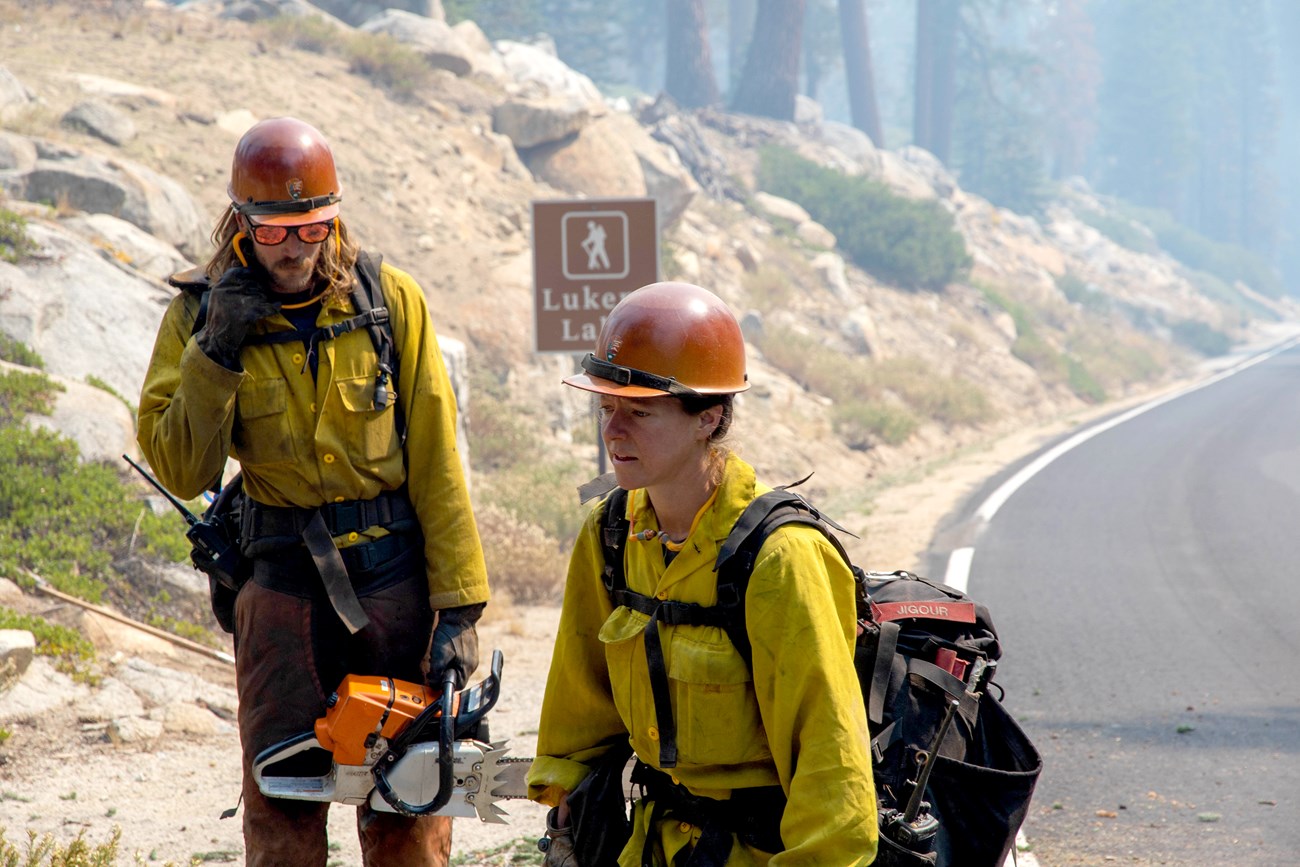
Image credit: NPS / Jonathan Shafer
Kevin Sweeney has seen a lot of disasters. They come with his job, because he’s a fire communication and education specialist for the U.S. National Park Service. As climate change increases the likelihood and severity of wildland fire and extreme weather events, more and more national parks find themselves grappling with their effects on resources and staff. Parks use tools like scenario planning that are based on rigorous science to assist them in anticipating physical impacts. But the mental and social consequences of disasters for park staff can be overlooked. “What are we doing at some of these parks,” wondered Sweeney, “to get you mentally and emotionally ready to lose that plot of land that you may have been working for 30 years on?” Failing to attend to disaster-related impacts on employee well-being can have harsh outcomes. One way to start addressing them is to incorporate proven mental health tools in scenario-based planning.
A Lifetime’s Loss
For park staff, living in a national park can be the fulfillment of a lifelong dream. But it also means balancing multiple personal and professional responsibilities during a disaster. National Park Service employees are often first responders during an incident. They’re responsible for notifying or evacuating visitors, other staff, and their families, working up to 16 hours a day to support the park’s response to the incident, while also balancing their own needs. And the work doesn’t end when the incident is over. Post-disaster assessments and recovery efforts can take years, derailing other park projects.
"Mourning the loss of the resource while trying to rebuild your park can be tremendously stressful."
Sudden displacement, property loss, reduced community and social support, and even injury or death are common disaster outcomes. A 2018 study of two million U.S. residents showed that these outcomes are linked to post-traumatic stress disorder, anxiety and depression, substance abuse, and suicide. First responders are especially vulnerable to these adverse mental health outcomes, because they’re directly and repeatedly exposed to such events.
Jennifer Gibson is the National Park Service’s Post-Wildfire Programs coordinator. She worked at Whiskeytown National Recreation Area during the 2018 Carr Fire, which was—as of 2021—the most destructive fire in the agency’s history. That fire took the lives of four community members and three firefighters, and destroyed more than 1,000 buildings. It burned more than 97 percent of the park, damaging infrastructure and resources. One-third of park staff lost their homes.
“You can see the stress on employees, particularly fires where park employees had to evacuate multiple times while also trying to manage an incident in their park,” Gibson said. “After a high-impact natural disaster, [staff] workload increases significantly…and mourning the loss of the resource while trying to rebuild your park can be tremendously stressful.”

Image credit: NPS
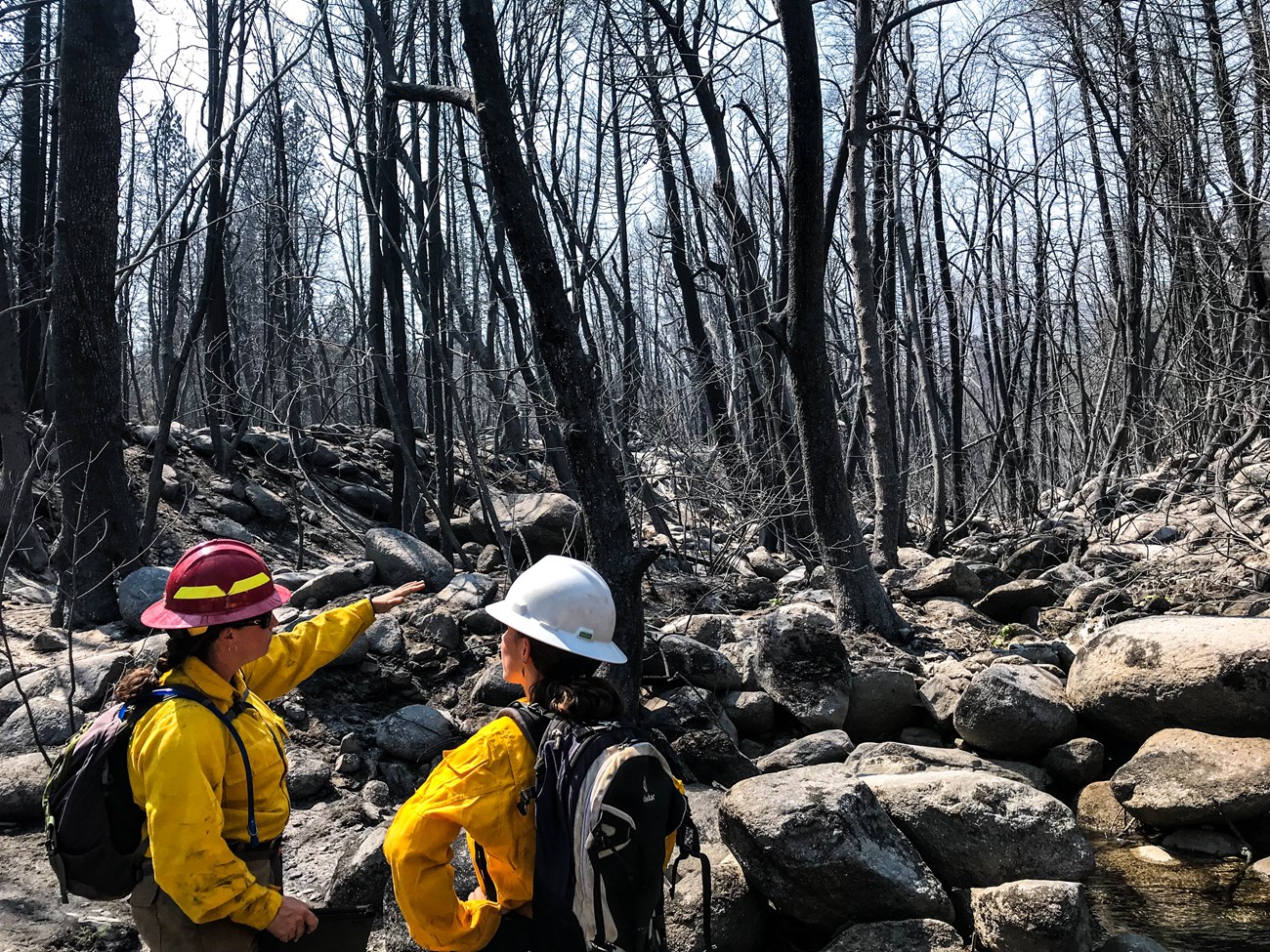
Image credit: NPS / Victoria Stauffenberg
A Missing Piece
Weathering the impacts of natural disasters means building capacity to respond using scientifically sound actions. The trouble is there’s no way to know exactly what those future impacts will be. That's where scenario-based climate change planning comes in. The National Park Service adapted this tool, used by the military and private companies, to explore the wide range of uncertain, but plausible, future conditions parks face from a rapidly changing climate.
Workshop participants had imagined the possibility of a large, fast-moving fire, only to have that scenario play out before the ink on the workshop report was dry.
Just weeks before the Dixie Fire, the park and its partners had participated in a scenario-based climate change adaptation workshop. Its purpose was to jumpstart updating the park’s fire management plan. Workshop participants had imagined the possibility of a large, fast-moving fire burning most of the park in a single event, only to have that worst-case scenario play out before the ink on the workshop report was dry. In May 2023, Chaco Culture National Historical Park explored the possibility of rockfall in a climate change adaptation workshop, only to be confronted weeks later with that reality as a cliff face collapsed, damaging prehistoric architecture, petroglyphs, pictographs, and five public campsites.
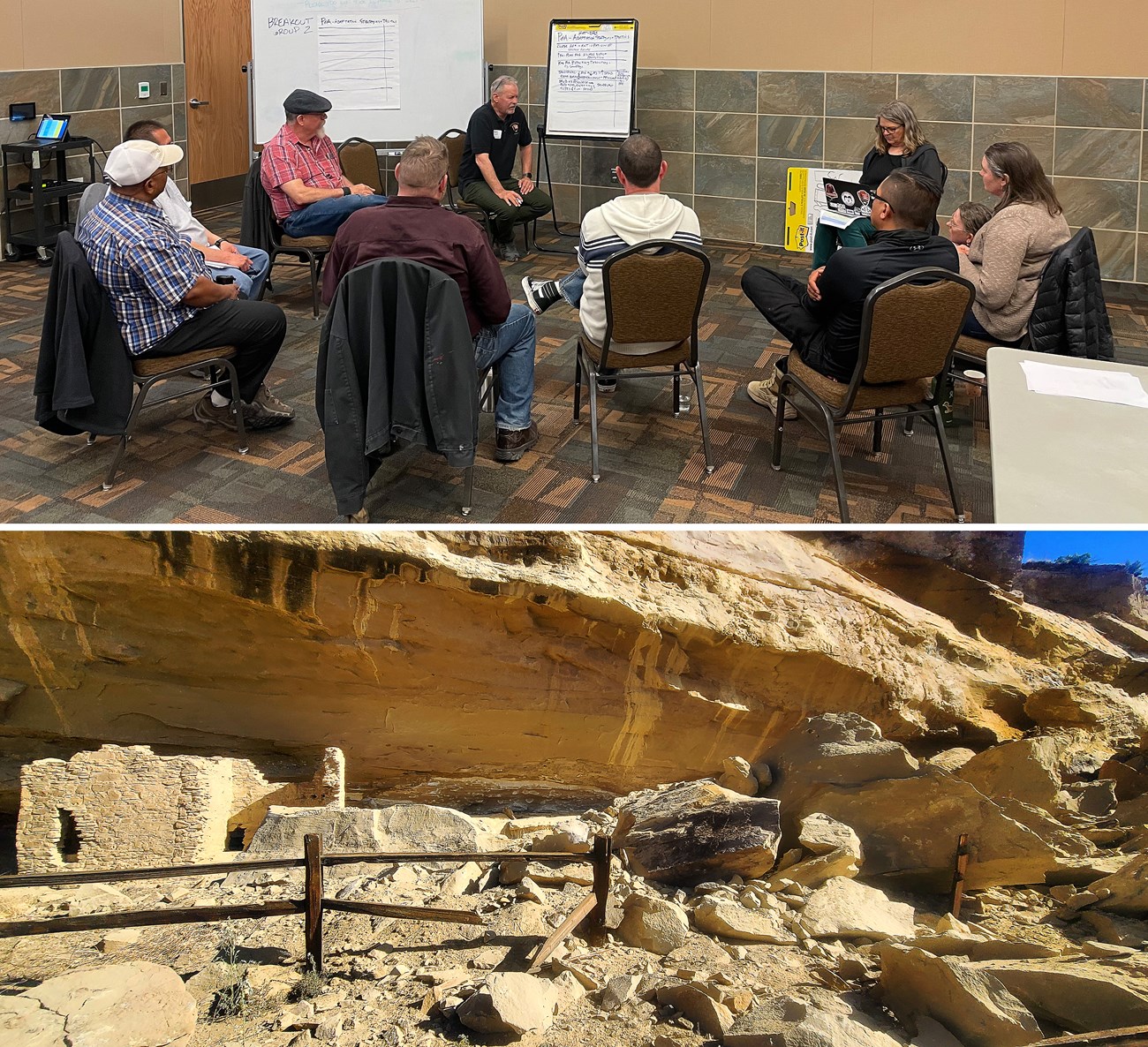
Top image credit: NPS / Wylie Carr
Bottom image credit: NPS / Tanachy Bruhns
These parks join a growing list where worst-case scenarios have played out shortly after engaging in climate change scenario planning. In all cases, workshop participants accurately anticipated what a worst-case scenario might look like. But they were more prepared operationally for what was to come than for the incredible psychological and social toll these extreme events would exact.
Addressing staff well-being in the face of disaster is a complicated issue with no easy fix. Gibson said her experience in the Carr Fire was devastating, and understanding that possibility could have helped. “I lost everything,” she said. “I lost my neighbors. I lost my community. I wish I…knew that this could have happened. It's not despair. I think it's about being ready.”
Proven Ways to Mentally Prepare
Disaster-related negative health outcomes can stick around for months or years. “Beyond those 30 days [of acute stress],” said Gibson, “if you don't…get treatment to help, it can roll into post-traumatic stress, which can have profound impacts on your well-being.” Planning for mental health care in advance and providing it at the appropriate time after an event are crucial to alleviating those impacts. Research has shown that learning effective coping skills and improving “self-efficacy”—the belief that your actions can result in a positive outcome—are important for building resilience and improving disaster preparedness. Increasing access and awareness of services like Critical Incident Stress Management and employee assistance programs can help staff learn positive coping skills and support feelings of self-efficacy.
Learning effective coping skills and improving “self-efficacy”—the belief that your actions can result in a positive outcome—are important for building resilience.
But too often, the responsibility of requesting resources falls on already overburdened employees. In a disaster, park managers and staff may work long, stressful hours, worried about their families and friends. They may need mental health resources themselves, yet they’re the ones who would typically have to call for them. Scenario planning is an opportunity to assign that responsibility to individuals not likely to be involved in the incident. This could help relieve the burden on those responding to it, making a range of mental health tools more accessible when they’re urgently needed.
Building social cohesion and strengthening community ties can also improve mental health outcomes, increase preparedness, and support post-disaster recovery. “It was having a leadership team that could be that support,” Sweeney said. “It was reaching out to the broader fire community and knowing that that support was there. It was my regional office support. Like there is this community of Park Service sites and Park Service people who've been through this.” Parks can use scenario planning workshops—among other tools like civic engagement to explore community building, as the process brings in partners and collaborators across multiple agencies, parks, and disciplines.
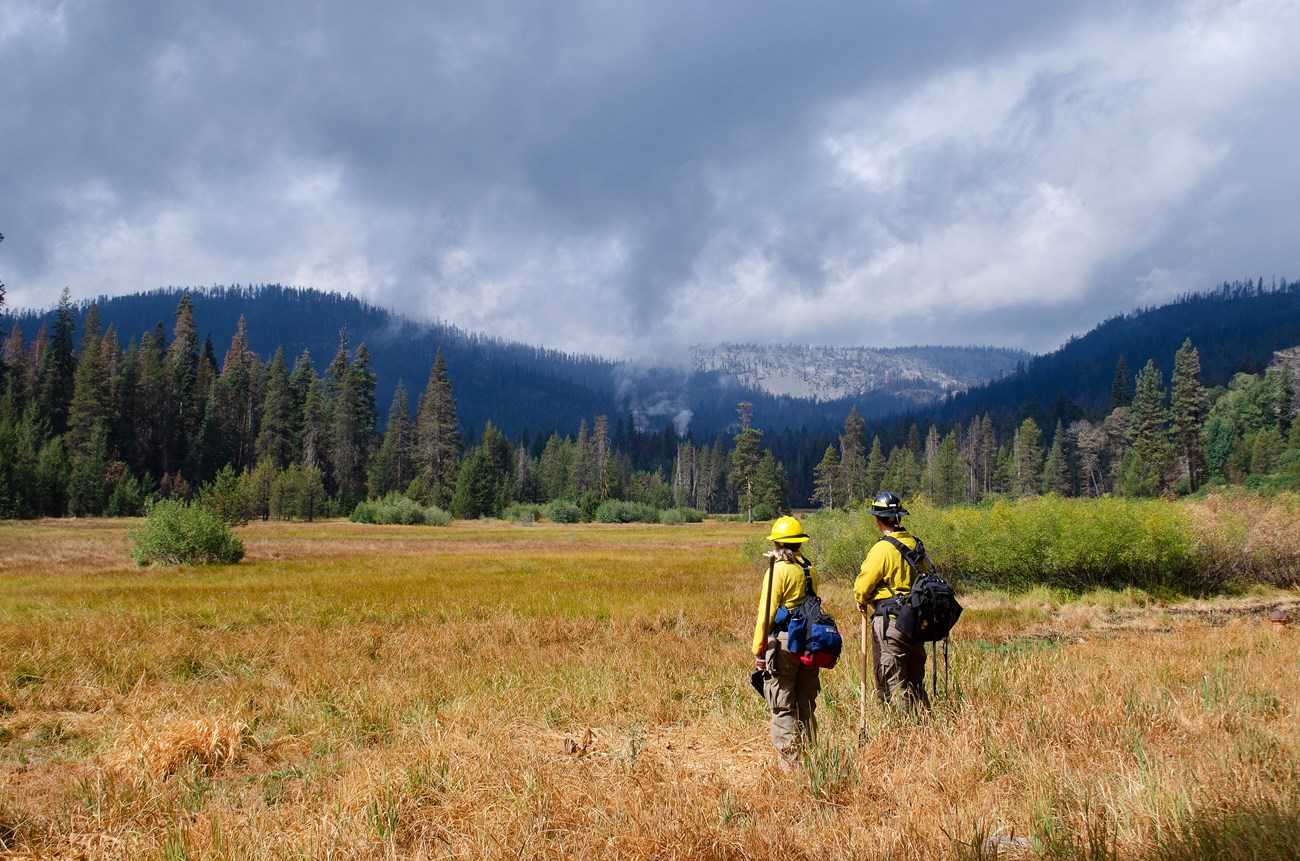
Image credit: NPS / Amanda Sweeney
Although scenario planning workshops can help parks prepare for disaster impacts on mental health, wider planning efforts could also benefit from placing more emphasis on staff well-being. It's important to do this planning well before extreme events happen. Aron Adams is the chief of Resource Management at Aztec Ruins National Monument and Chaco Culture National Historical Park. He said that including the scenario-based adaptation workshop in the park’s broader planning processes “helps managers understand and have common goals for the park, come up with possible solutions, and staff feel better prepared for disaster.”
The Keys to Recovery
People can recover from a disaster. But building their ability to respond effectively and stay resilient is crucial. “There was no reset button throughout [the Dixie Fire],” said Sweeney. “There’s going to be grief; there’s going to be despair; there’s going to be a lot of adjustment…and not to glance over that, and then also to respect that different people are going to…need different things to cope.”
Gibson helped set up an internal, agency-wide “one-stop disaster shop” to help parks learn from one another.
Collaboration and shared learning are important factors in that coping process. After the Carr Fire, Gibson helped set up an internal, agency-wide “one-stop disaster shop” to help parks learn from one another as they plan for emergency events. “It’s about being ready, having an interdisciplinary approach, getting people prepared by scenario-based training, making sure they have resource advisor guides, [and] evacuation plans,” she said. The agency needs to keep up with our rapidly changing environment and adapt quickly before it loses the iconic natural and cultural resources for which our parks were established. Planning ahead for all the impacts of extreme weather—physical, social, and mental—will help its dedicated employees retain peace of mind.

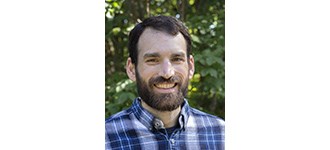

Tags
- aztec ruins national monument
- chaco culture national historical park
- lassen volcanic national park
- whiskeytown national recreation area
- disasters
- climate change
- extreme weather
- wildfires
- scenario planning
- wellness
- julianne reas
- wylie carr
- kaylin thomas
- mental health
- perspectives
- ps v38 n1
- park science magazine
- park science journal
